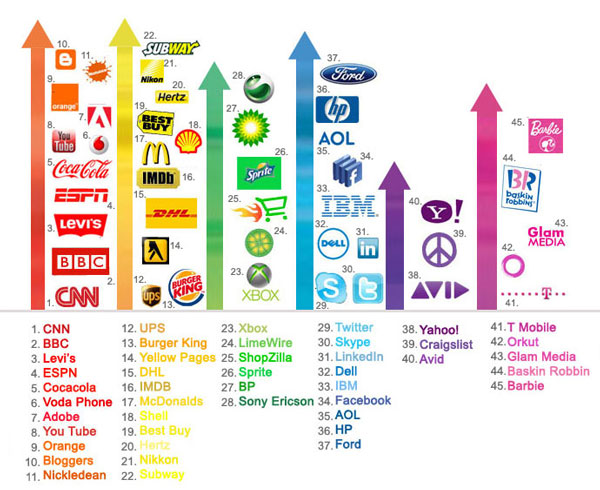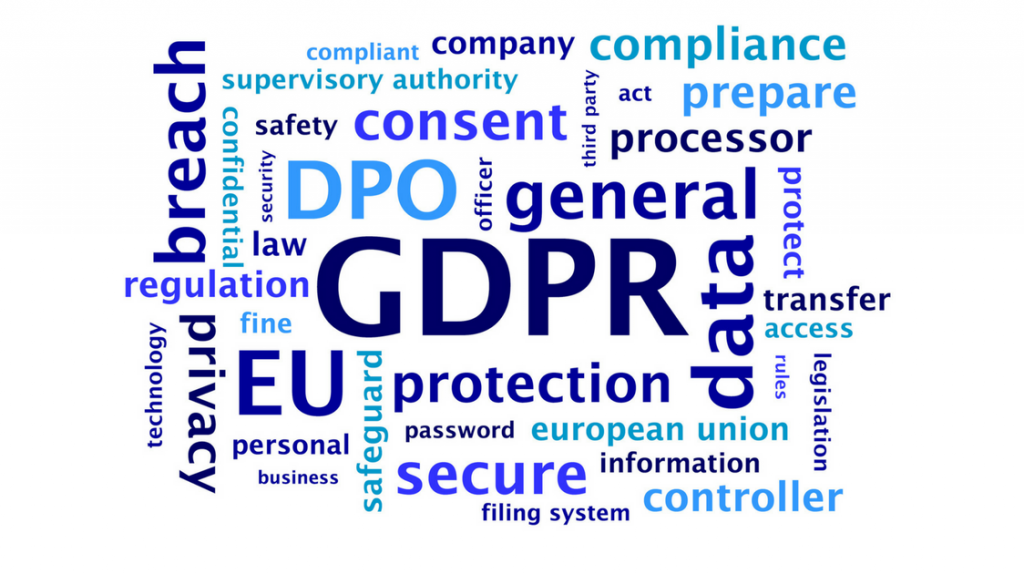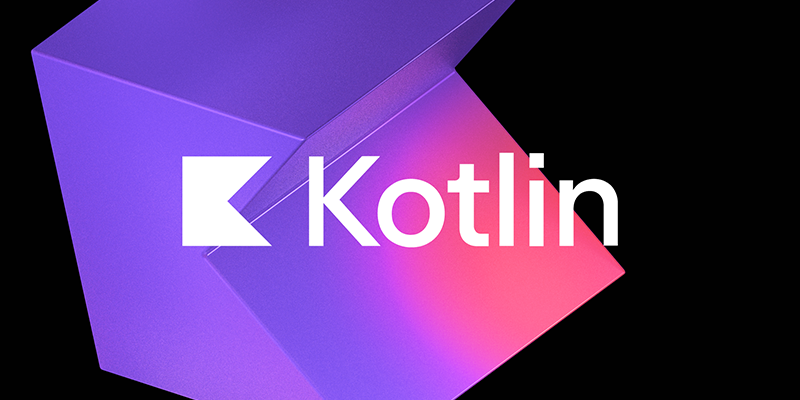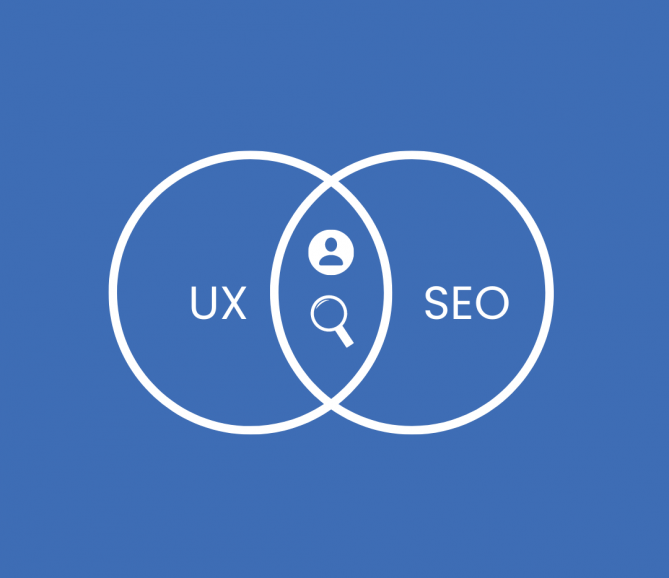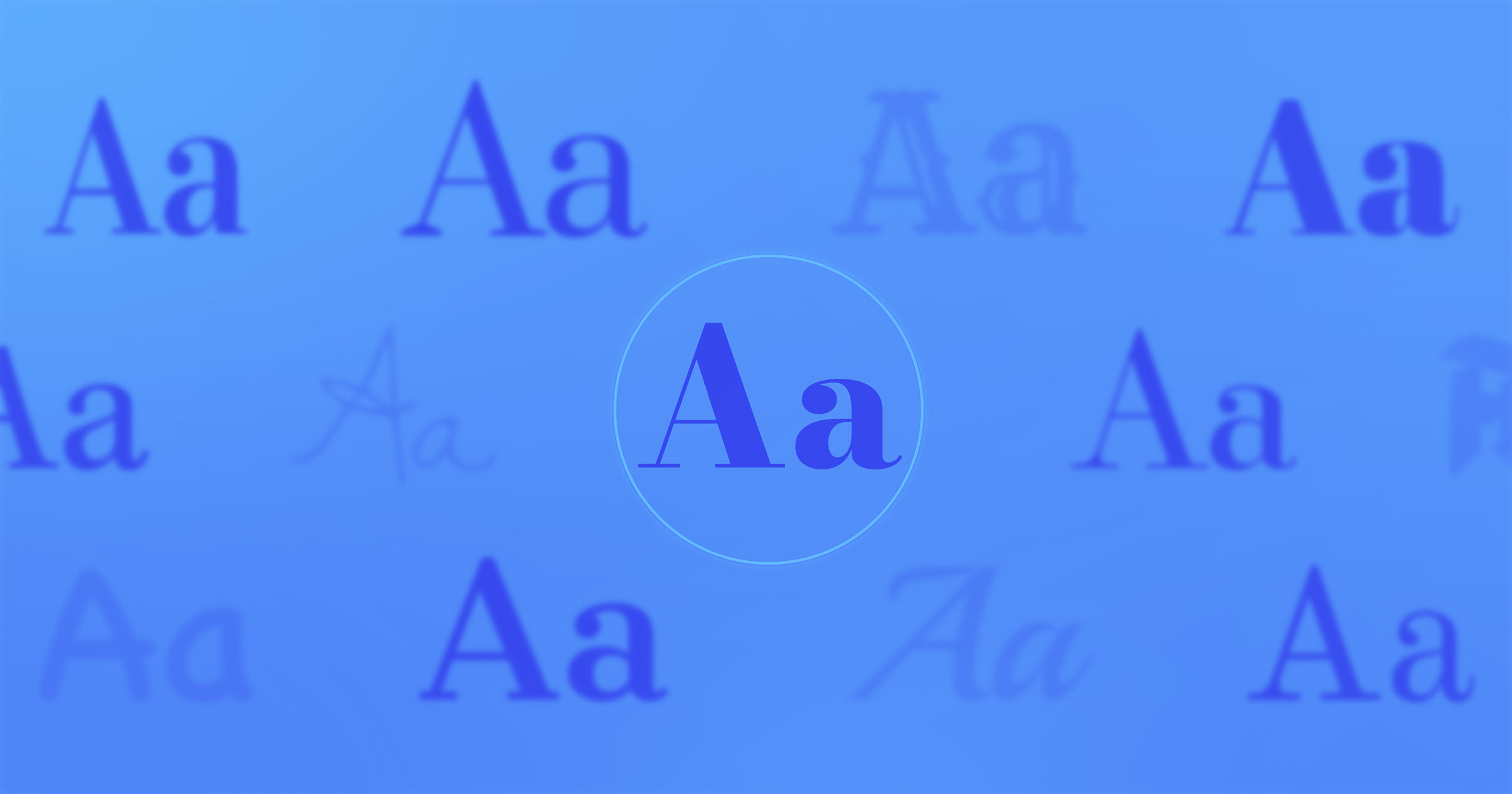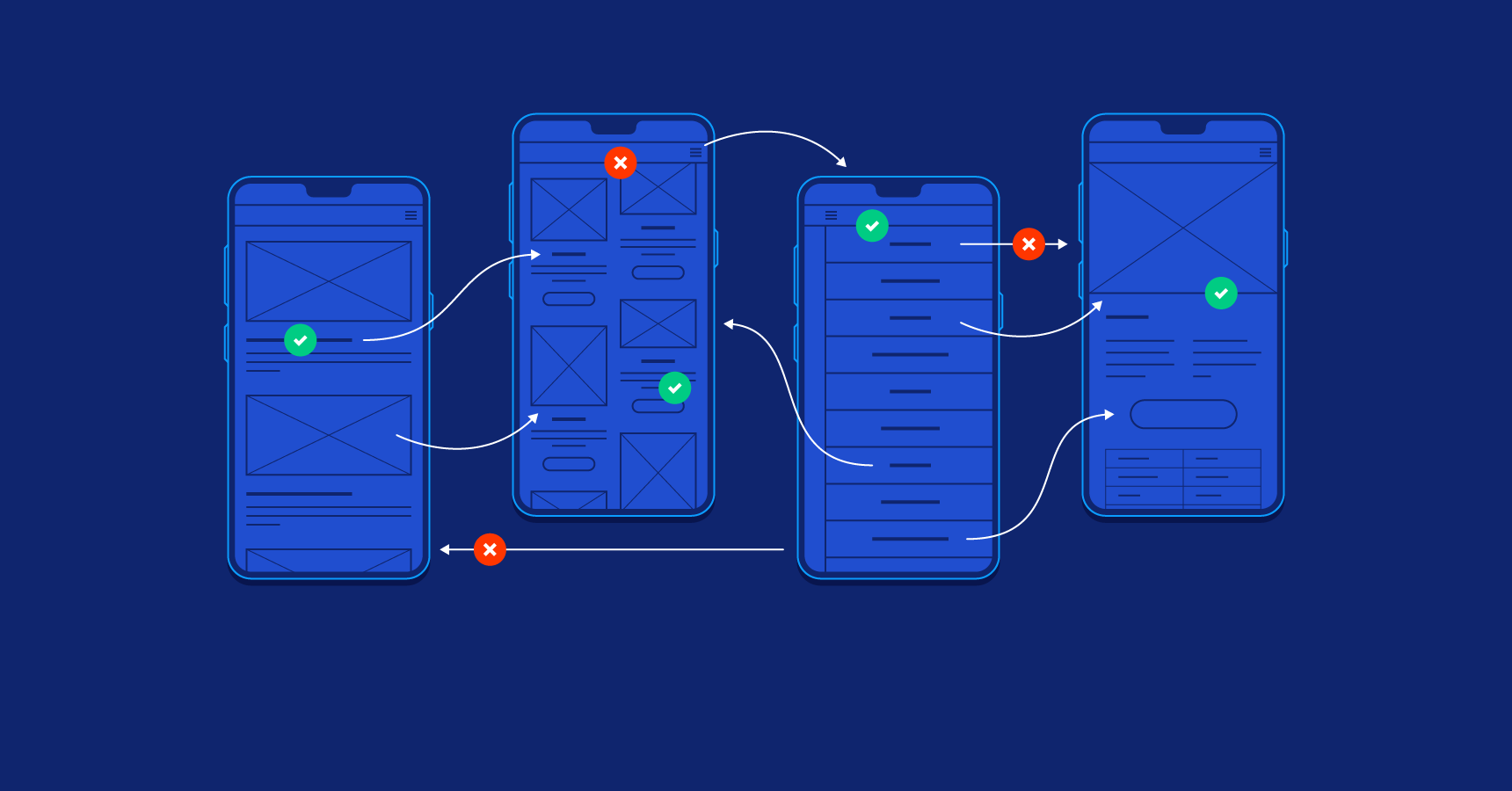Common mistakes in logo design and how to avoid them

Designing a logo is not just a creative process; it's a crucial part of branding that can significantly impact a company's success. A logo is the face of a brand, often the first visual contact with the audience. That's why it's so important to avoid common mistakes that can weaken your brand's perception or make it less memorable. In this article, we'll explore the main errors often made when designing logos and provide recommendations on how to avoid them.
1. Complex and Overcrowded Design
One of the most common mistakes is creating an overly complex and crowded logo. Adding too many details, small elements, and intricate patterns can make a logo difficult to understand and remember. Simplicity is a key principle of successful logo design. Simple, clean shapes and minimalism help create a memorable and easily recognizable logo.
How to Avoid It: Aim for minimalism and clarity in your design. Use only elements that are essential for conveying the essence of your brand. Remember that a simple logo is easier to reproduce on various mediums and in different sizes.
2. Inappropriate Color Choices
Color plays a vital role in how a logo is perceived and the associations it creates. Mistakes in color selection can lead to unintended associations or reduce the legibility of the logo. For instance, colors that are too bright or too similar in shade can make text or logo elements difficult to read.
How to Avoid It: Study color psychology and choose shades that align with your brand and its target audience. Test your logo in black and white and across different contrast levels to ensure its legibility and versatility.
3. Ignoring Scalability and Adaptability
A logo must look good and be readable on different platforms and devices—from business cards to billboards and mobile apps. A common mistake is designing a logo that doesn’t scale well and loses its recognizability when resized.
How to Avoid It: Create logos in vector formats such as SVG or EPS, which maintain quality at any size. Test the logo on various mediums and in different sizes to ensure its adaptability.
4. Over-Reliance on Trends
Design trends come and go, but a logo needs to remain relevant for many years. Designing a logo that relies heavily on current trends can lead to frequent redesigns, disrupting brand consistency.
How to Avoid It: Strive to create a logo with elements that won’t go out of style quickly. Use trends cautiously and only if they truly suit your brand and its target audience.
5. Poor Font Choices
Typography plays a crucial role in conveying the character of a brand through a logo. Using an inappropriate font can create the wrong associations or make the logo difficult to read. For example, overly decorative fonts can be hard to decipher, while overly standard fonts may not express the brand's uniqueness.
How to Avoid It: Choose a font that reflects your brand's style and tone, ensuring it’s readable in various sizes. Check how the font interacts with other elements of the logo to create a harmonious and balanced design.
6. Ignoring the Target Audience
A logo should resonate with the brand’s target audience. A common mistake is designing a logo that appeals to the designer or business owner but doesn’t attract the intended customers. It’s important to understand the preferences, expectations, and cultural nuances of your audience.
How to Avoid It: Conduct research and surveys to better understand your target audience. Ensure the logo reflects the values and interests of the people your brand is aimed at.
7. Copying Other Ideas
Creating a logo that resembles an existing one can lead to legal issues and a loss of brand uniqueness. Copying others’ ideas undermines trust in your brand and can generate negative associations.
How to Avoid It: Strive for originality in your logo design. Research competitors' logos to ensure that yours stands out and uniquely represents your brand.
8. Lack of Testing and Feedback
Designing a logo without testing and gathering feedback can lead to problems after its launch. It’s impossible to predict how a logo will be perceived by the audience without prior testing.
How to Avoid It: Test the logo among representatives of your target audience, gather their opinions, and make necessary adjustments. This will help avoid misunderstandings and improve your brand's perception.
Designing a logo is a responsible process that requires careful attention to detail. By avoiding common mistakes, you can create a logo that effectively represents your brand, evokes positive emotions, and remains relevant for many years. Remember, a logo is not just an image; it’s an essential part of your brand that plays a crucial role in how it’s perceived and in its overall success.







